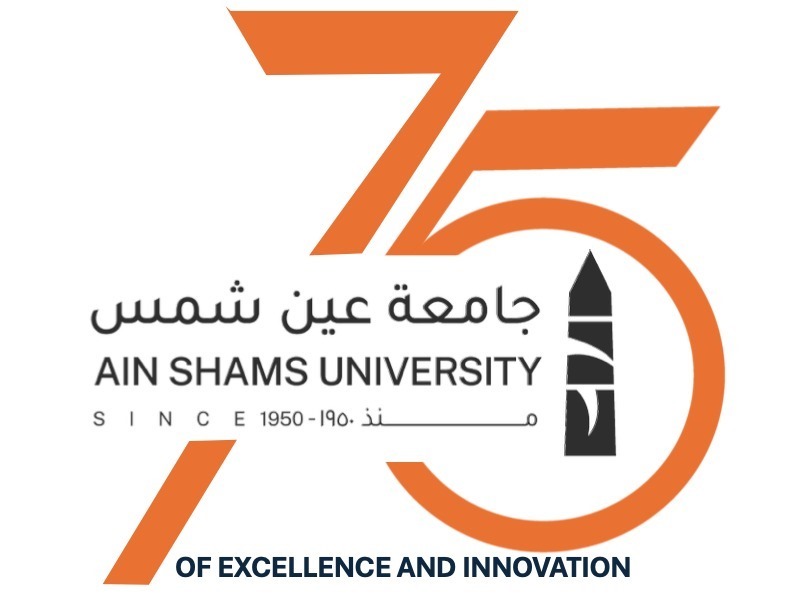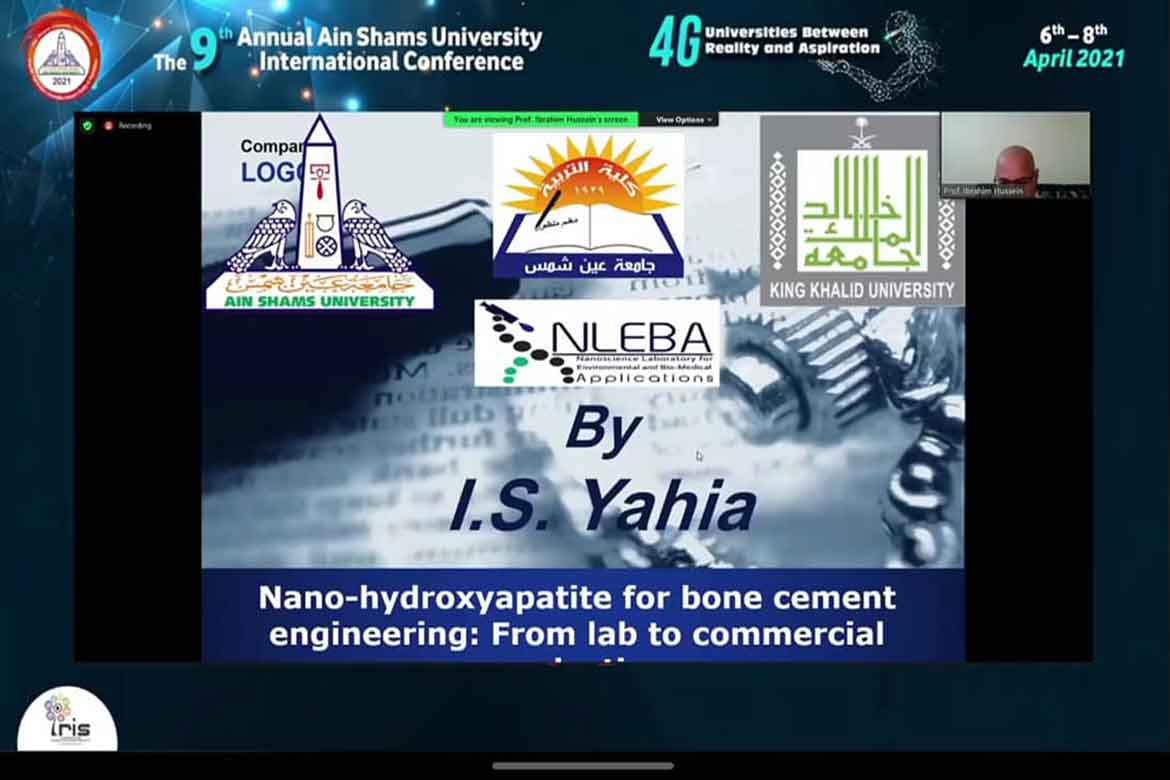The axes of the second session of the basic sciences sector in the ninth conference of Ain Shams University
Under the auspices of Prof. Dr. Khaled Abdel Ghaffar, Minister of Higher Education and Scientific Research and headed by Prof. Dr. Mahmoud El-Metini, President of the University and President of the Conference, Prof. Dr. Ayman Saleh, Vice President for Postgraduate Studies and Research and Vice President of the Conference, Prof. Dr. Abdel Fattah Saoud, Vice President for Education and Student Affairs, Prof. Dr. Hisham Tamraz, Vice President for Community Service and Environmental Development, the session, within the framework of the activities of the second day of the ninth Ain Shams University conference: "Fourth Generation Universities between Reality and Aspiration", the second session of the Basic Sciences Sector ended, chaired by Prof. Dr. Asaad Abdel Khalek, former Vice Dean of the Faculty of Education for Postgraduate Studies and Research, and Prof. Mohamed Ibrahim, former Vice Dean of the Faculty of Sciences for Education and Student Affairs.
These sessions deal with four topics: First - the future of mineral wealth in Egypt, and discussed by Prof. Dr. Hafez Shams El-Din, Professor of Geology, Faculty of Science, Ain Shams University, Second - Rapid detection of environmental pollution using laser spectroscopy, discussed by Prof. Dr. Waled Tawfek, Professor of Laser Spectroscopy and High-Speed Laser, Third - Nano-Hydroxyapatite for Great Cement Engineering: From Laboratory to Commercial Production, discussed by Prof. Dr. Ibrahim Hussein Yahya, Professor of Nanoscience for Environmental and Biomedical Applications, Department of Physics, Faculty of Education, Ain Shams University, and finally Egypt's vision for aquaculture 2030, discussed by Prof. Dr. Sherif Sadek, Vice President of the Egyptian Aquaculture Association.
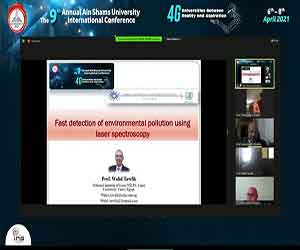 |
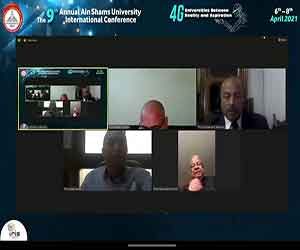 |
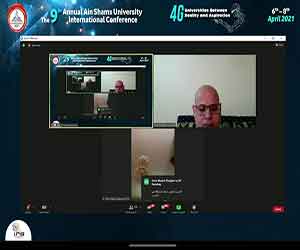 |
||
Prof. Dr. Hafez Shams El-Din, Professor of Geology at the Faculty of Science, Ain Shams University, on the future of mineral wealth in Egypt and that it is one of the most promising wealth, for example gas discoveries in Egypt have proven their economic viability and achieved through them self-sufficiency for Egypt and became a source of national income through its export. This is in addition to many petroleum discoveries in the Mediterranean, which the state is working with all its efforts to exploit by 2030 to make Egypt one of the countries that export oil and natural gas.
His Excellency referred to another source of energy, which is the oil shale, and huge quantities of it exist in the eastern and western regions of Qena Governorate, from which oil is extracted and what remains of it is a child rich in organic materials that can be used on sandy desert lands to make it one of the finest agricultural lands in Egypt.
In addition, there are 123 areas for gold exploration, of which only 9 mines have so far been exploited, and the rest are under discovery, which in the recent period has placed Egypt among the top 10 gold producing countries, which heralds a brilliant future for Egypt.
Prof. Dr. Walid Tawfek, professor of laser spectroscopy and ultrafast lasers, discussed what the laser is and that it is an amplification of light by the stimulated emission of radiation, as well as its properties of high density and brightness much higher than the conventional size.
He added that laser spectroscopy could be used in the future in many fields, including, for example, analyzing drugs and detecting counterfeiting and toxic materials.
Prof. Dr. Ibrahim Hussein Yahya, Professor of Nanoscience for Environmental and Biomedical Applications, Department of Physics, Faculty of Education, Ain Shams University to the importance of biological matter and how it is a substance that aims to interact with biological systems to evaluate, treat, enlarge or replace any tissue, organ, or body function, designed to take shape to be used, alone or as part of a complex system, and to guide it by controlling interactions with components of living systems in any therapeutic or diagnostic procedure, human or veterinary.
It can also be used for a variety of biomedical applications such as: pharmaceutical industries, bio-imaging, tissue engineering, and sensors. In addition, a large number of these methods use nanomaterials or nano-biomaterials for development.
Prof. Dr. concluded. Sherif Sadek, Vice President of the Egyptian Aquaculture Association, spoke about Egypt's vision for aquaculture 2030 in the Nile Delta from the perspective of agriculture versus aquaculture.
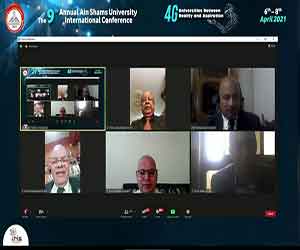 |
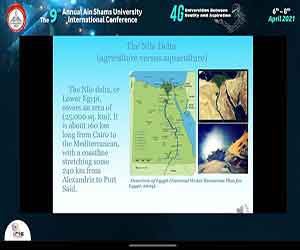 |
|


.svg)
